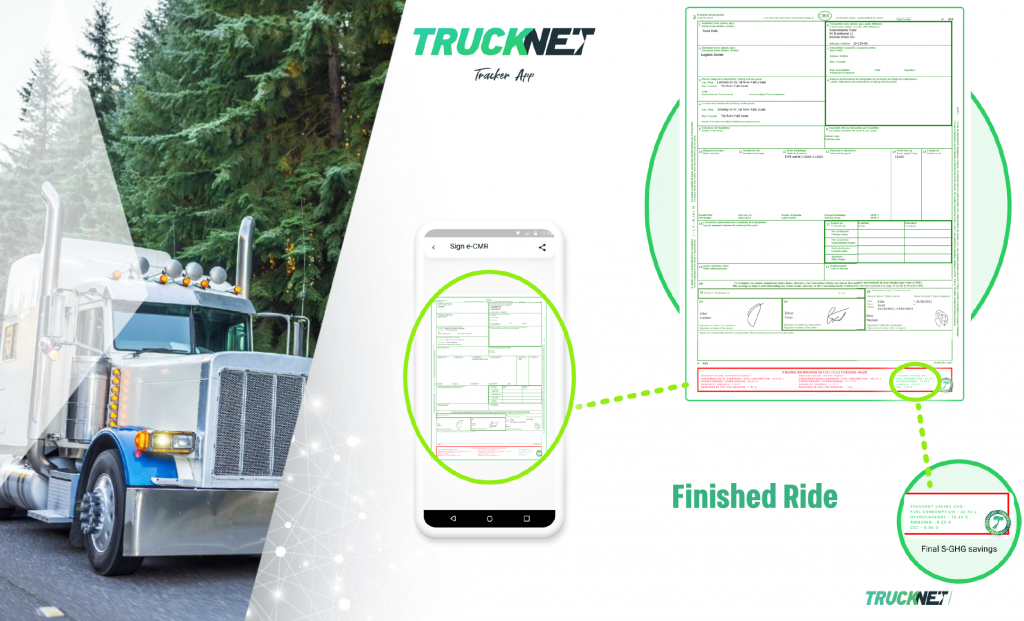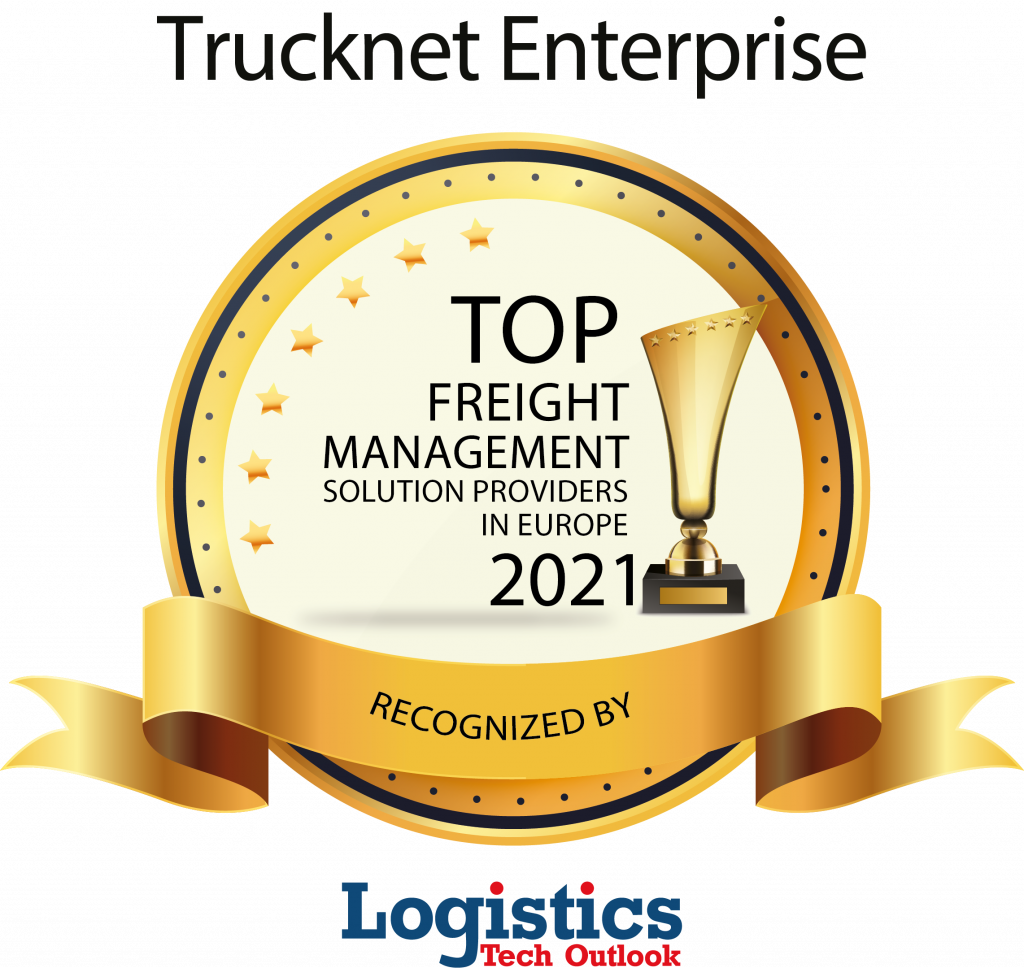eCMR Protocol
The eCMR is an electronic version of a consignment note that provides information on the consigner, place of pick-up and consignee, place of delivery, the goods and all related information about the transport. It is used under the CMR Convention when transporting goods by road.
The United Nations CMR Convention (Convention on the Contract for the International Carriage of Goods by Road) from 1956 was adopted in order to provide a united legal framework for national and international road transport. The Convention defines the CMR consignment note, which signifies proof that a transportation contract exists in accordance with the terms and conditions required under the Convention.

The Importance of the eCMR
Although the new rules will become mandatory soon, it is still worthy to note the advantages of visibility and administrative cost reductions that eCMR brings to the logistics industry.
Digitalization is already a key factor for the development and growth of new market models. Various types of platforms and sharing economy concepts and systems will allow us to enhance resource efficiency. In addition, moving away from paper can improve legal, social and customer-related issues, such as the function and status of internet platforms and positive changes in the labor market.
New European Union (EU) regulations on Electronic Freight Transport Information (eFTI) establish platforms for information sharing between companies and enforcement authorities within the EU. ECMR is not included in this scope but there may be common characteristics with information on the platform. In particular, the data listed in the eCMR and the information needed by the competent authorities to prove compliance with the regulatory information requirements may be the same.
In such a case, eCMR can play a significant role as proof of adherence. However, the platform currently used for electronic waybills can be certified as an eFTI platform, provided that it meets the requirements set out in the Regulation. In this case, we would have a universal platform that can be used in both eCMR and eFTI.
Trucknet already supports the paperless idea and trend of documentation and offers immediate eCMR and POD (proof of delivery). Moreover, we provide continuous status of delivery and an online signature, as well as online emissions calculations. In our e-CMR, we offer information about estimated savings in advance of the planned ride and actual information after the trip is completed, all presented in the e-CMR. Everything is available in an application for the driver and end client; in this environmentally sustainable manner we unite them in a single eco-system.
A global eCMR solution can deliver a modern system by removing paperwork and reducing administrative costs. This technology provides a better understanding of what we have in the truck and which route it should take, including an online signature, thus improving truck utilization and safety and security. We promise greater transparency with control and monitoring of every shipment. The stakeholders involved in each shipment will have more options in the market, thereby improving the efficiency of logistics and contributing to higher economic competitiveness for customers.

“Digitally transformed businesses typically develop an ecosystem that blurs the lines between supply chain, partner, customer, crowd, and employee and both strategy and execution are heavily influenced by this ecosystem.”
– Isaac Sacolick | Global CIO and Managing Director, Greenwich Associates



